Cultural Conservation: Preserving the Heritage of Zimbabwe's Indigenous People
Like a window into our past, the rock art found on the Malilangwe Wildlife Reserve in Zimbabwe speaks of the culture of early civilisations of hunter-gatherers. It echoes the long, rich history of generations of indigenous people, as well as the flora and fauna alongside which they lived.
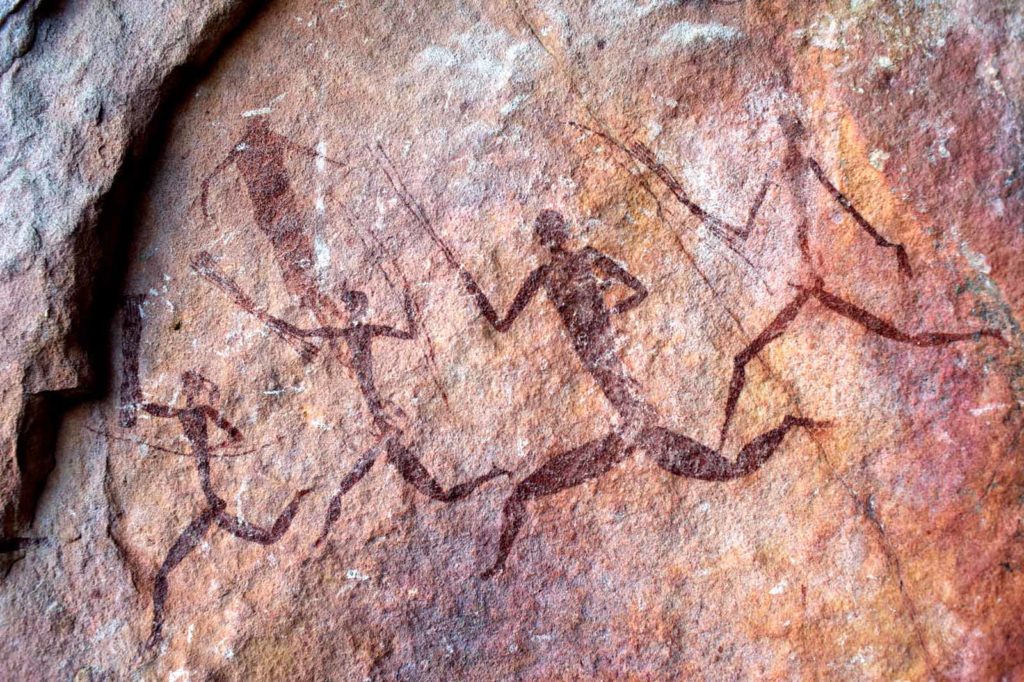
Until recently, there were 82 known rock art sites on the reserve, estimated as being between 700 and 2,000 years old. Many of these are unique in style and unlike other examples found in the rest of southern Africa, which adds to the archealogical significance. The paintings are largely monochrome red, made from iron oxide (ochre) pounded into powder form and mixed with binding agents such as egg white, and then painted onto the rocks using brushes made from animal hair, sticks, quills or feathers.
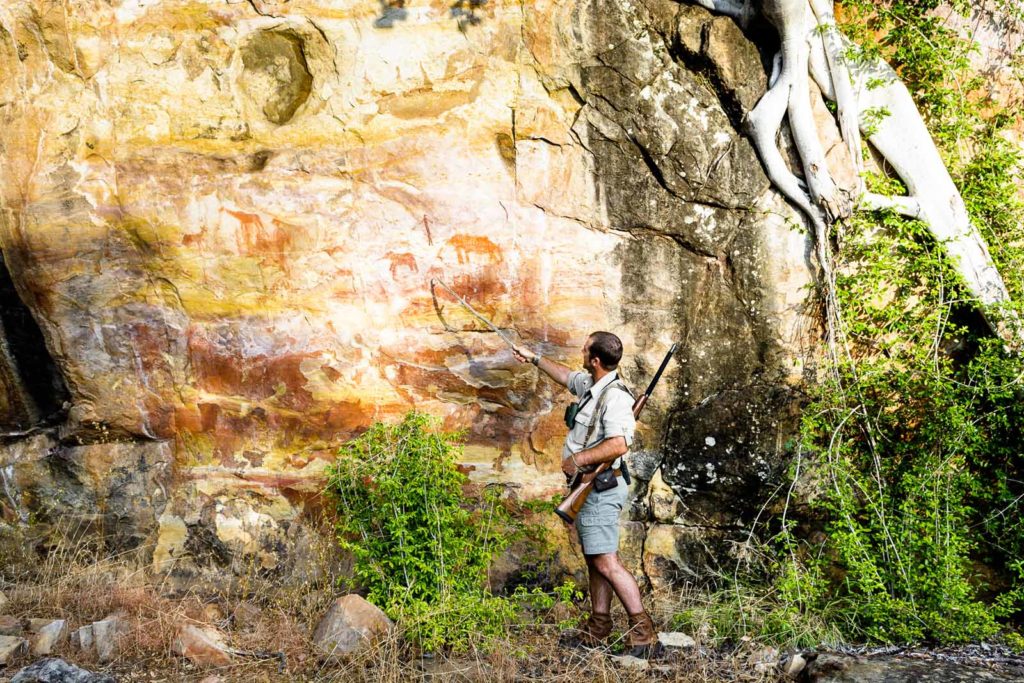
Much of the imagery is symbolic, such as the five extremely rare bi-cephalic (double-headed) animals and human figures with fly whisks out of one side of the shoulder or lower back, which are more prominent in Malilangwe than anywhere else. Wildlife depicted includes kudu, giraffe, rhino, elephant, buffalo and wild dog, as well as raffia and ilala palms. Interestingly, many of the paintings are concentrated around freshwater springs, and while some of these water sources have since dried up, their location is easy to identify due to the prevalence of rock art in the immediate area.
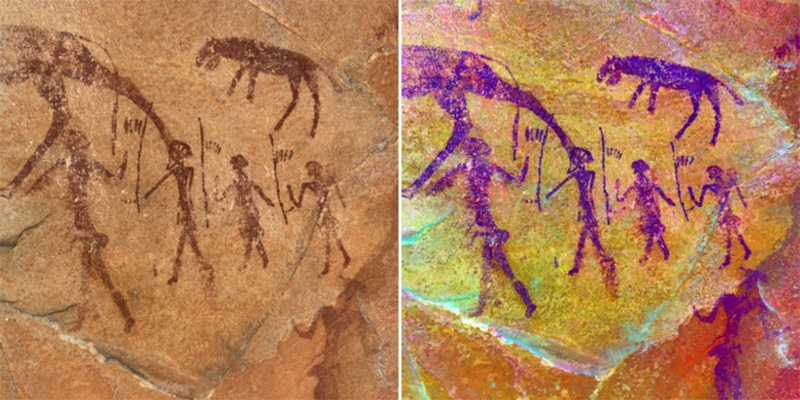 The team uses an application called D Stretch to enhance photographs of the rock art to make the figures more visible.
The team uses an application called D Stretch to enhance photographs of the rock art to make the figures more visible.
The process of identifying, recording and preserving these drawings, as well as discovering new examples, is a key part of the Malilangwe Trust's conservation work on the reserve. When the lockdown commenced in Zimbabwe, freeing up our field guides from their usual daily routine, Head Guide Brad Fouché approached the Trust with an idea: why not use the time to revisit the existing sites and create a more up-to-date record of their characteristics, location and condition.
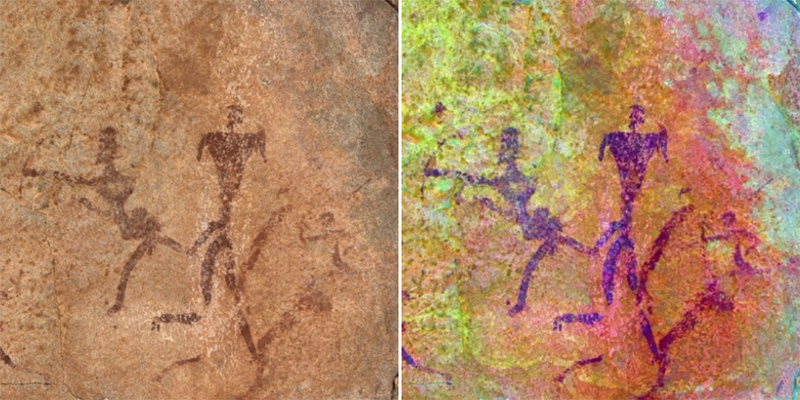
Working with Dr Bruce Clegg, Resident Ecologist at the Malilangwe Trust, Brad and his colleagues, Alex Kadziyanike and Mark Friend, went about visiting the existing rock art sites, checking their co-ordinates, photographing the paintings and stripping back any vegetation that may be growing up and causing damage to the figures. The information gathered not only helped to create a more recent data set around the rock art but in so doing, the team also discovered dozens of new sites that were previously unknown to conservationists.
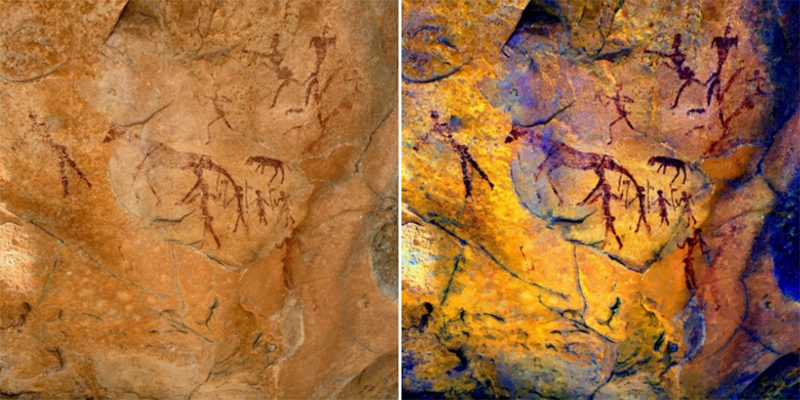
Together, the team covered a distance of 140km on foot, scrambling over sandstone hills, through thick mopane forests and across the wide open Banyini Plains in search of these fascinating portrayals of Malilangwe's cultural heritage. The preservation of the region's rock art is important not just as a historical record of the indigenous people but as a reminder of a time when humans lived much more finely attuned to their environment. The stories enclosed in these faded paintings are lessons of modern man's potential to embrace nature; for people and the planet to thrive alongside each other in a system of mutual prosperity.
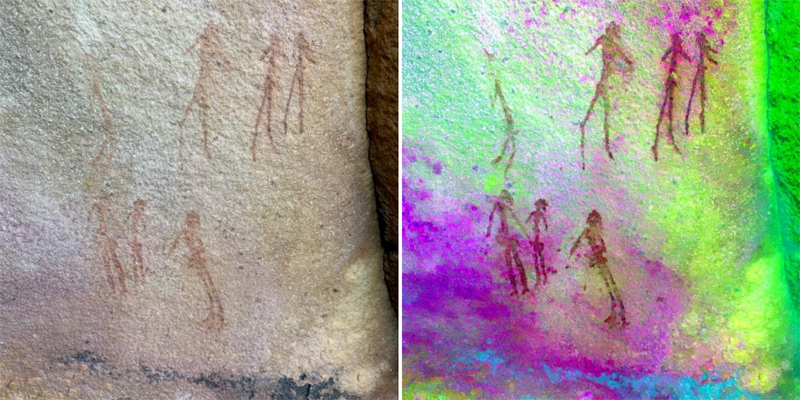
The Malilangwe Trust is Singita's non-profit conservation partner in Zimbabwe, where guests of Singita Pamushana Lodge and Malilangwe House have the opportunity to make a positive impact on this incredibly beautiful land and the people who live here. Learn more about the work of the Malilangwe Trust, which continues in earnest despite the disruption caused by the national lockdown and the significant ripple effects of the global pandemic.